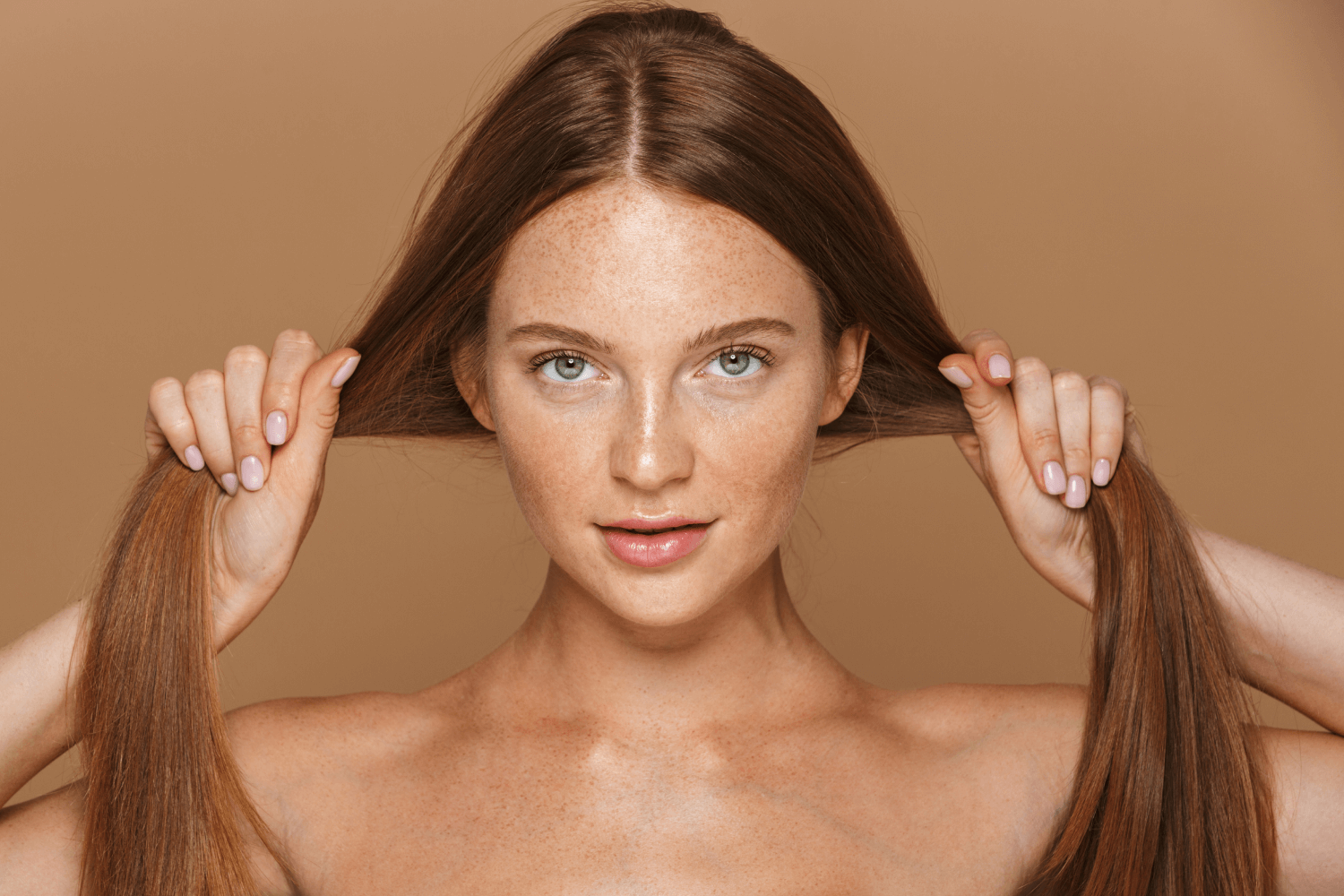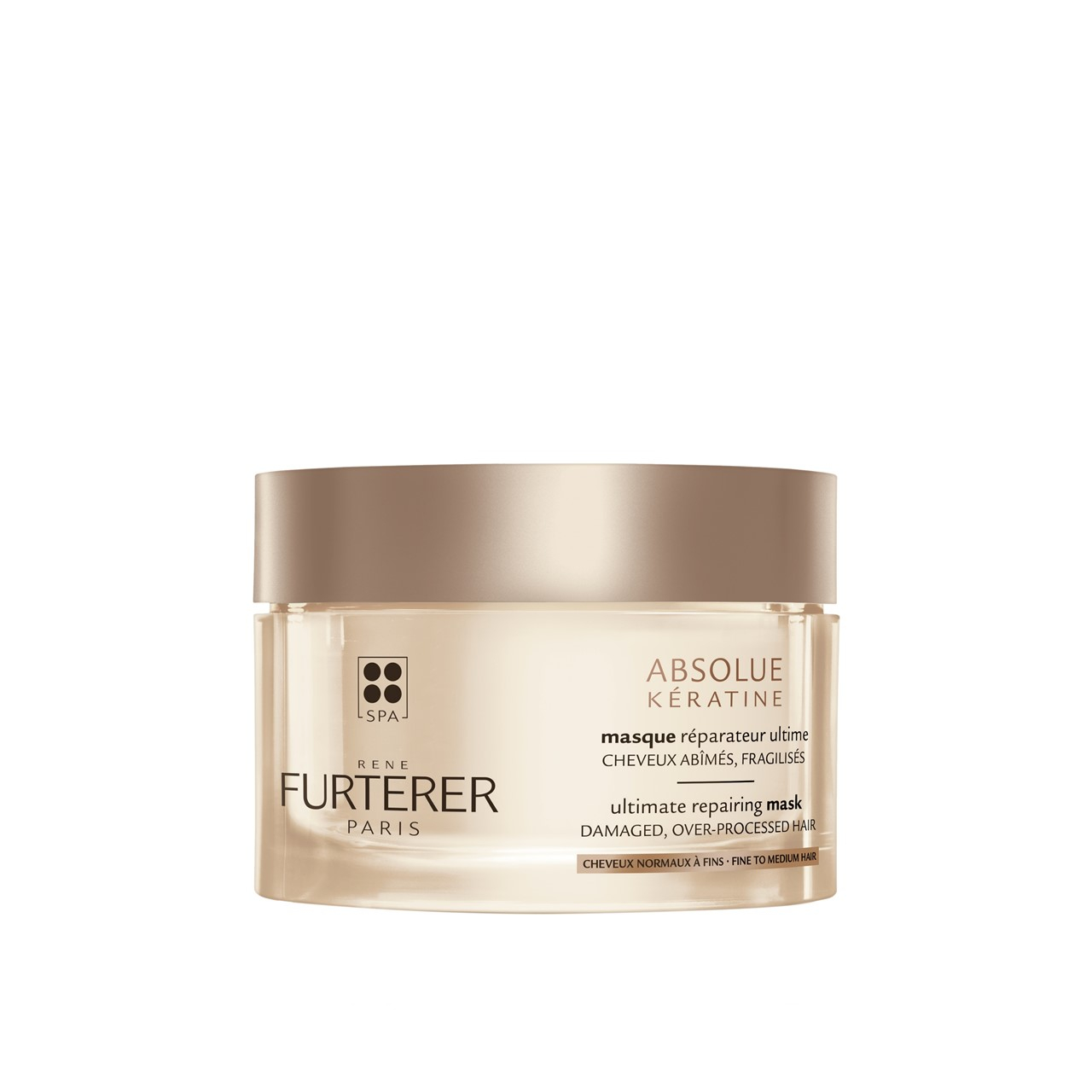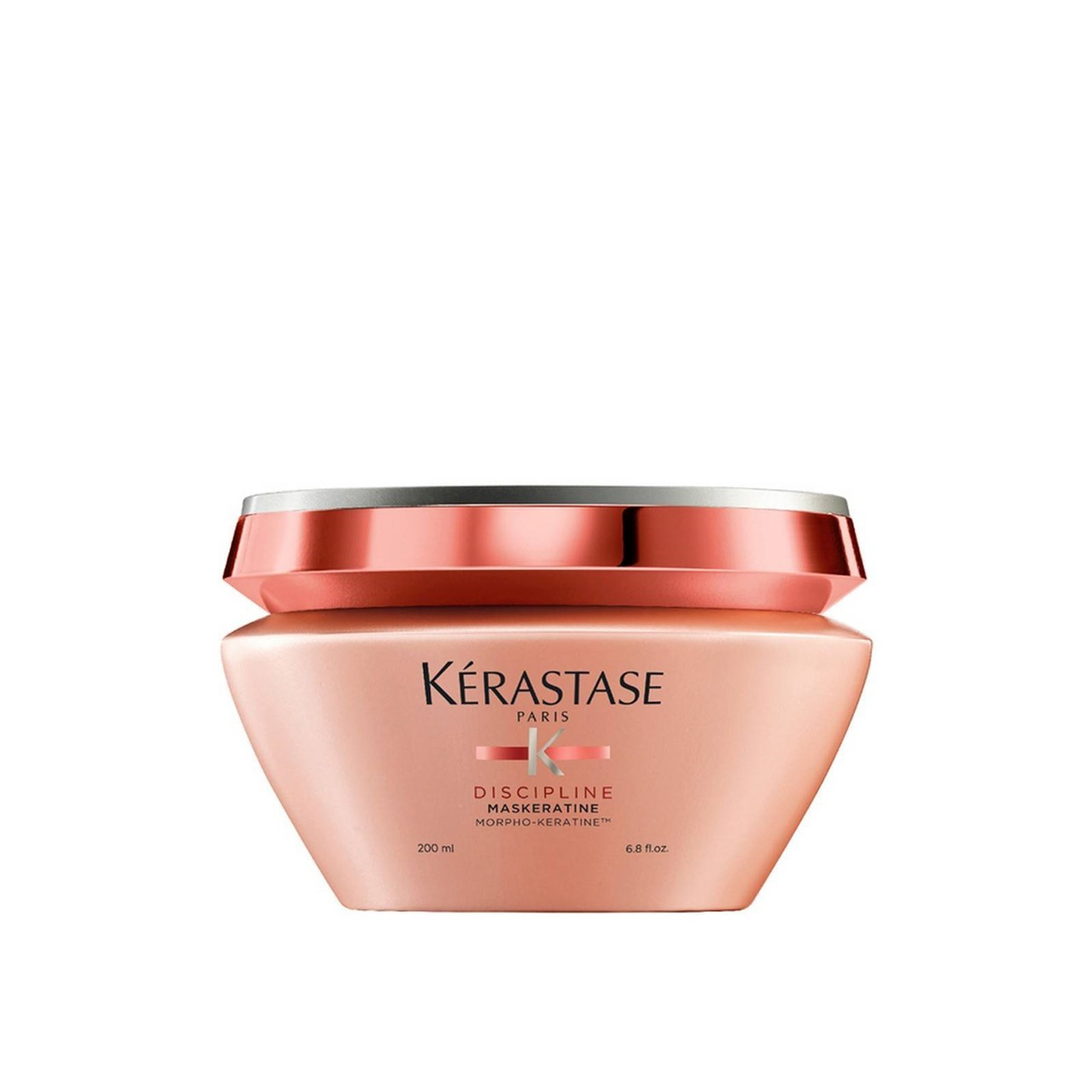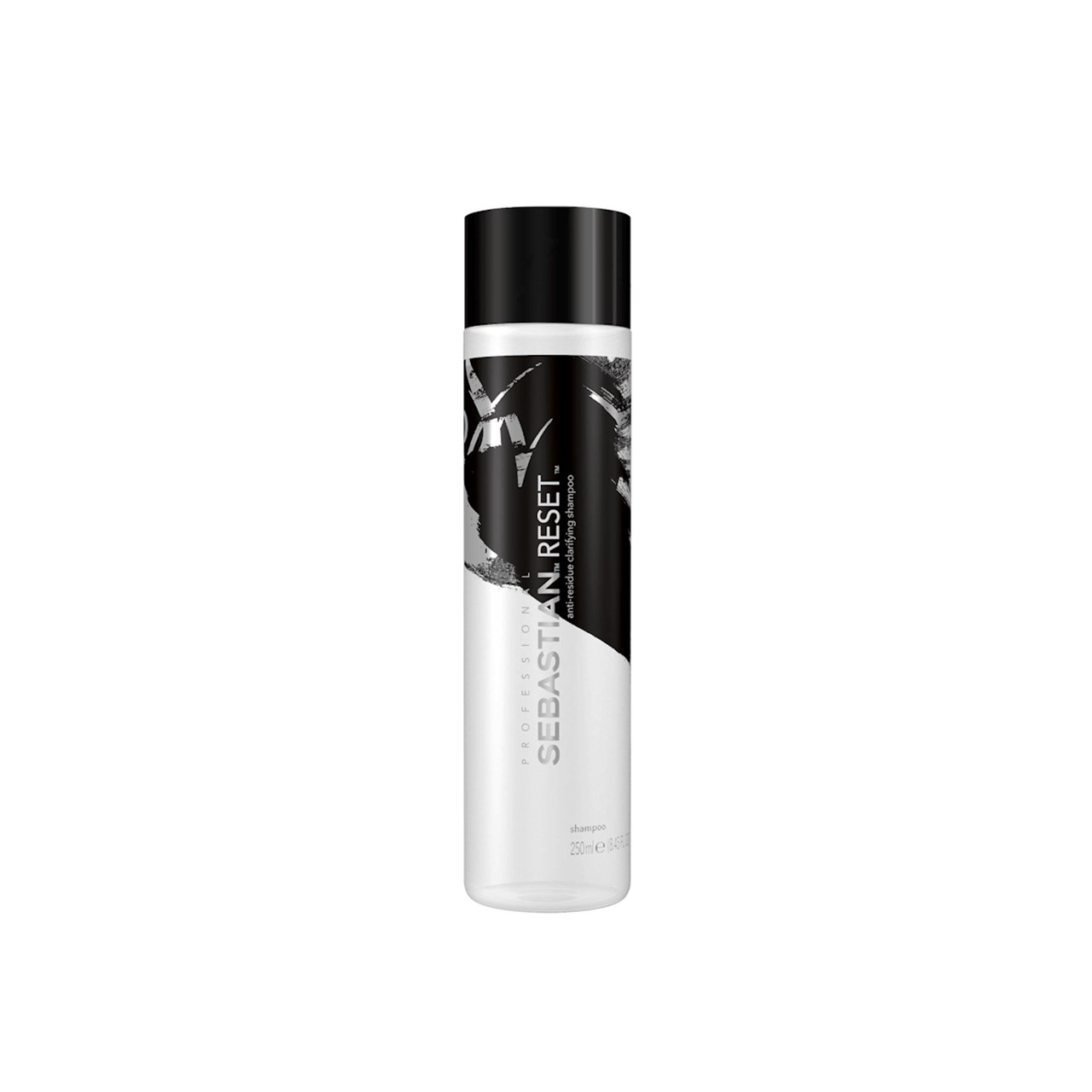
If you’ve been paying attention to online hair care communities, you’ve probably heard of a problem that haunts many hair enthusiasts around the world: “protein overload”. At the same time, you may have already seen supporters of the proposed solution to this problem: protein-free shampoo. Today, we will try to unravel the mysteries surrounding these two terms. What is protein overload, in hair terms? What causes it, and how can you make sure it doesn’t happen to you? And is it worth investing in a protein free shampoo to help you overcome protein overload?
Let’s dive right in!
What is protein overload?
“Protein overload” isn’t exactly a clinical term–you may have a hard time finding it on scientific studies. What protein overload is, is a popular term used to describe hair that has too much protein in it, which in turn causes it to look and feel dry, brittle, and hard to manage.
But what’s the connection between hair and proteins anyway? Let’s start from the beginning. In its natural state, our hair is made up of proteins–specifically, keratin. To put it very simply, keratin proteins work like building blocks to ensure that each hair strand maintains its integrity and resistance. Of course, this keratin doesn’t stay put throughout the life cycle of your hair. Daily aggressions cause our hair to lose keratin over time, and this process is further worsened by our styling choices–everything from heat styling, professional or at-home dye jobs, to straightening treatments and perms. Over time, these aggressions can deplete the keratin in our hair and leave it feeling damaged. That’s right: when we talk about damaged hair–hair that’s dry, brittle, frizzy, and so on–we’re often talking about hair that’s got depleted keratin, or keratin “gaps”.
So that’s the harm of having too little keratin; but how do you get to a point of having too much keratin?
What causes protein overload in hair?
So here’s the good news: protein overload doesn’t happen by accident. In nearly every situation, protein overload will be caused by an overuse of hair products that contain proteins.
As we’ve seen, damaged hair lacks protein; therefore, it’s pretty common to want to add keratin to the hair so that it recovers its former health and beauty. Proteins–with keratin chief among them–are a relatively common ingredient in hair care products. If you browse through a selection of hair products targeted for damaged hair, for example, you will come across plenty of products that include keratin in its formula.
Let’s add a disclaimer here: protein-rich hair care products are perfectly safe to use. They are a great tool against hair damage. They won’t automatically send your hair into “protein overload”. However, they often come with very specific instructions–for instance, the René Furterer Absolue Kératine Repairing Mask should only be used for one month at a time, once or twice a year.
If you overuse keratin-based products, you can create a build-up of protein on the outside of the hair strand, which may not only make it heavier, but also harder to manage and style. That’s what “protein overload” is: a build-up of added keratin on your hair strand.
How to tell if your hair has too much protein
Now we get to the tough part of the “protein overload” debate: how do you know if your hair is suffering from protein overload, or from something else? There is no scientific consensus on what protein overload looks like. Usually, people will mention the following:
- Changes in texture or curl pattern
- Brittle strands that break off easily during detangling or brushing
- Dry, coarse, and dull hair that doesn’t look sleek or shiny
- Stiff and unruly locks, hard to style, won’t hold on to a style
Now, you may be thinking to yourself that the agreed-upon signs of protein overload sound a lot like… the signs of hair damage. Knowing that many people who use protein products are using them precisely to reverse damage, the question arises: are you struggling with protein overload, or are you just dealing with the same old, same old hair damage?
We can’t answer that for you, but we’ve got a couple of strategies that might help you figure it out:
Identify proteins in your shampoo and hair care products
First, take a good hard look at your hair care products. Are you using (or overusing) protein-rich products? If you’re not using any protein-rich products, it’s very, very unlikely that you’re dealing with protein overload.
The good thing about protein-rich hair care products is that you don’t have to go to great lengths to confirm that the proteins are there. This information will be front and center in the packaging, and the highlighted ingredient will almost always be keratin. Keratin is also very easy to find in the ingredients list of any given product: just look up, you got it, “keratin”.
Vegetable or vegan keratin is also a prominent ingredient in some hair care products; if you want to find it on the ingredients list, though, don’t search for “keratin”. Search, instead, for “hydrolized” proteins from various sources, such as wheat, oat, soy, or even silk. Obvious as it seems, looking up “protein” might also help.
The key takeaway here is that protein-rich products aren’t hard to spot. If they’re particularly rich in keratin or other proteins, that’s going to be one of their main selling points. In addition, protein-rich products often feature claims like “strengthening” or “repairing” or “for damaged hair”. If you’re trying to figure out which one of your hair care products is more likely to be causing your hair to misbehave, you might want to troubleshoot your fortifying products first. (That’s not to say every fortifying treatment is protein-rich. The super popular OLAPLEX, for instance, is a bond repair treatment, not a protein treatment. It all comes down to individual products.)
Minimize your hair care routine
The best way to figure out whether a product is giving you trouble is to remove it from your routine. We’d actually recommend excluding only your protein-rich, fortifying treatments at first, and leaving the rest of your hair care routine alone. There are many products out there that contain protein in small amounts, but they’re unlikely to be the root of your problem. Get rid of the big guns first, and don’t rush to replace every single one of your products with 100% protein-free alternatives.
Try a clarifying shampoo
Clarifying shampoos are supercharged shampoos that are specifically designed to remove product build-up from the hair, strip away impurities and other residue, and bring your strand back to its “normal” state. Clarifying shampoos can be a little harsh, so they’re not meant for daily use, but plenty of people swear by them when they need a hair reset. If you use a lot of styling products, a clarifying shampoo might just be what you need to get all those gels and mousses our of hair; if you’re a swimmer who’s constantly in chlorine, a clarifying shampoo might be the ally you need to keep your hair color true. If you think you may be dealing with protein overload on the surface of your hair… a clarifying shampoo might just be able to help you too.
Try it out. If a clarifying shampoo helps reverse some of the signs you’re worried about, it may be because it’s getting rid of protein build-up on the surface of your hair. Here are some clarifying shampoos you can try for protein overload:
How to fix protein overload
Here’s a really cool thing: the strategies to spot protein overload we’ve listed in the previous section will also help you fix it. That’s all this comes down to: identifying the products that are giving you trouble, removing them from your routine, using a clarifying shampoo every once in a while to remove build-up, and exercising a little bit of patience.
If you don’t see any progress with these strategies, we won’t advise you get too creative: just pay your hairstylist a visit, and they’ll help you figure things out.
How to prevent protein overload, so you don’t get it again
Based on everything we’ve discussed in this post, you may have already realized that the best way to avoid hair protein buildup is to avoid overusing protein-rich hair care products. We’re not defending you shouldn’t use them at all–far from it! Your hair might still seriously benefit from protein-based treatments to repair damage and improve its appearance, especially if you tend to put your hair through the wringer with a lot with coloring, chemical treatments, and rigorous styling.
So, how can you use protein-rich treatments without overusing them? We’ve got a couple of tips.
Always follow instructions
We’ve mentioned that some keratin-based products are meant to be used as a “shock treatment” once or twice a year. Stick to that recommendation.
Likewise, make sure not to leave the product in contact with your hair for longer than recommended. If a protein treatment says “leave in for 5 minutes”, do not leave it in for 10. That’s courting trouble!
Invest in full product ranges
There’s nothing wrong with mixing-and-matching hair care products from different ranges and brands–but it’s definitely a science experiment that calls for a bit of expertise. If you’re not super confident around protein-rich products, consider using only products from one range. This will ensure your hair only gets a pre-tested, pre-approved amount of protein. Brands have already done the work so you don’t have to–take advantage of it!
Keep a clarifying shampoo on hand
We’ve already sung the praises of clarifying shampoo, and we’re about to do it again. If you’ve got a comprehensive, multi-step hair care routine that includes protein-rich treatments, consider adding a clarifying shampoo to your rotation. Not only will it help you remove unwanted product residue, but it will also help you keep the dreaded “protein overload” under control.
Now that you know a little more about “protein overload”, you’re ready to go out there with a better understanding of this popular term. If you only take one thing from this post, let it be this: “protein overload” doesn’t happen on its own, as it’s almost always caused by the overuse (or misuse) of protein-rich hair care products. Use those sparingly when caring for damaged hair, and you should be good!
Beauty Writer & Editor






